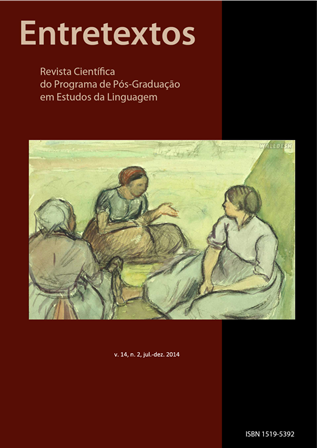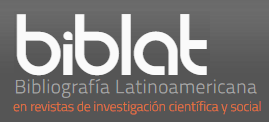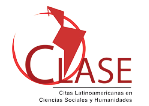Bluebeard and its multiple layers of meaning
DOI:
https://doi.org/10.5433/1519-5392.2014v14n2p47Keywords:
Bluebeard, Fairy tales, MeaningsAbstract
This article challenges the position taken by some experts in the field of fairy tales that critics have misinterpreted fairy tales (ZIPES, 2007). I argue that one cannot be sure of the narrator's intention and that the meanings conveyed by a fairy tale can be constructed in different ways (NODELMAN; REIMER, 2003). Supports for this argument come from the analysis of Bluebeard (PERRAULT, 2002) from different perspectives: historical (ZIPES, 2006), feminist, and Jungian, (e.g., ESTÉS, 1995), Freudianian (e.g., BETTELHEIM, 1977) and Lacanian (HERMANSSON, 2009). Discussions of the various layers of meaning that these approaches might convey are explored. I conclude by showing that Bluebeard, a complex work of art, is remarkable for its contemporaneity.Downloads
References
BLACK, Elizabeth. Pragmatic stylistics. New York: Columbia University Press, 2006.
ESTÉS, Clarissa Pinkola. Women who run with the wolves. New York: Ballantine Books, 1995.
MÁRQUEZ, Gabriel García. One hundred years of solitude. New York: Avon Books, 1971.
HERMANSSON, Casie. Bluebeard. A reader's guide to the English tradition. University of Mississippi: Association of American University Presses, 2009.
NODELMAN, Perry; REIMER, Mavis. The pleasures of children's literature. 3. ed. Boston: Allyn and Bacon, 2003.
PERRAULT, Charles. Blue Beard. In: TATAR, Maria (Ed.). The annotated classic fairy tales. New York: W. W. Norton & Company, 2002. p. 145-157.
TATAR, Maria (Ed.). The annotated classic fairy tales. New York: W. W. Norton & Company, 2002.
TATAR, Maria. Secrets beyond the door. Princeton, New Jersey: Princeton University Press, 2004.
ZIPES, Jack. Why fairy tales stick. New York: Routledge, 2006.
ZIPES, Jack. When dreams came true. 2. ed. New York: Routledge, 2007.
Downloads
Published
How to Cite
Issue
Section
License
Copyright (c) 2014 Entretextos

This work is licensed under a Creative Commons Attribution 4.0 International License.
Entretextos adota a Licença Creative Commons Attribution 4.0 International, portanto, os direitos autorais relativos aos artigos publicados são do/s autor/es.
Sob essa licença é possível: Compartilhar - copiar e redistribuir o material em qualquer suporte ou formato. Adaptar - remixar, transformar, e criar a partir do material, atribuindo o devido crédito e prover um link para a licença e indicar se mudanças foram feitas.
























